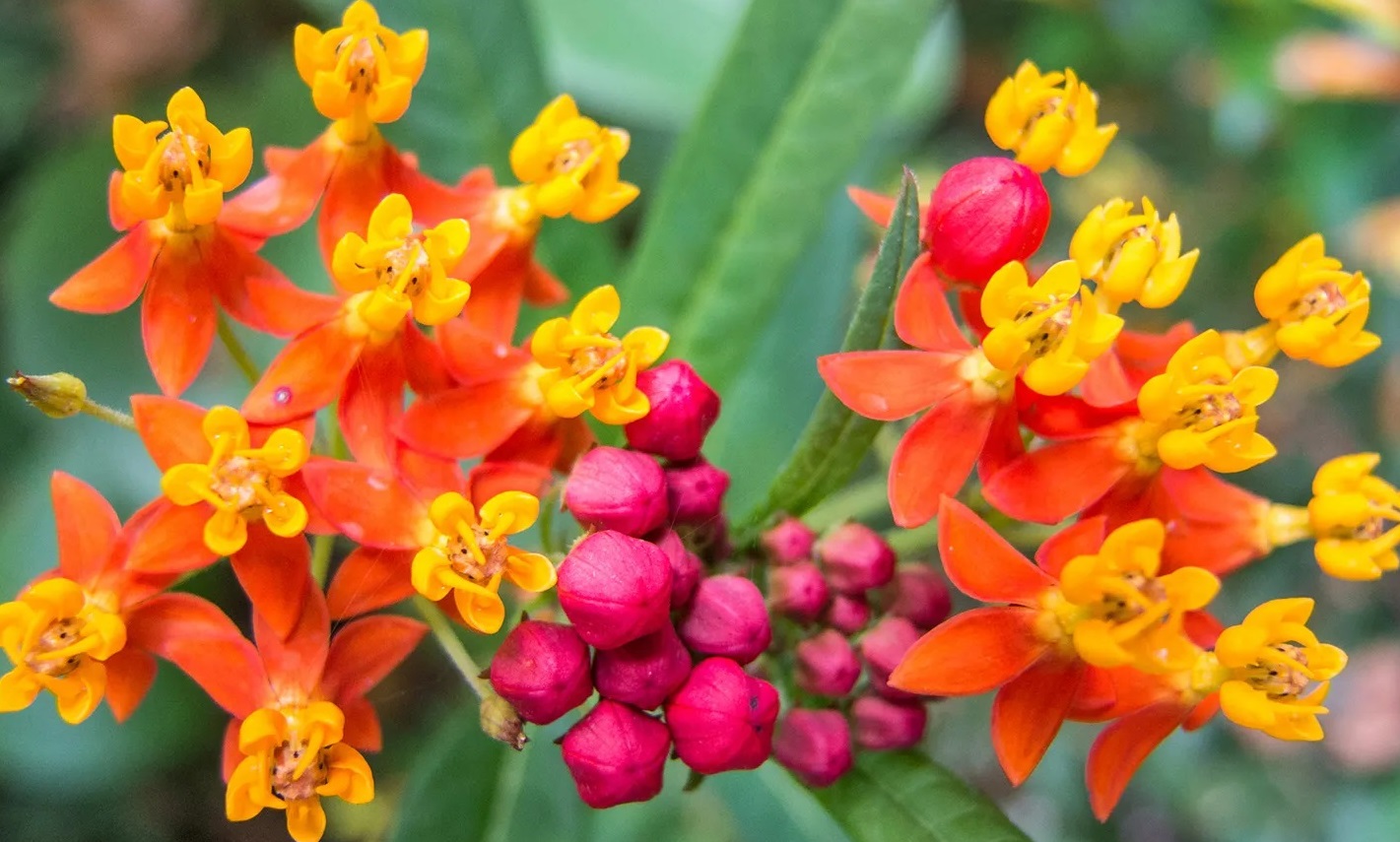
The blood flower, also known as the Mexican milkweed or scarlet milkweed, is a striking plant with vibrant red and orange flowers. This perennial herbaceous plant is native to South America and is widely cultivated for its ornamental value and as a food source for monarch butterflies. Its botanical name, Asclepias curassavica, pays homage to the Greek god of healing, Asclepius, highlighting its historical significance in traditional medicine.
The blood flower's distinctive appearance and ecological importance make it a fascinating subject for nature enthusiasts and gardeners alike. In this article, we'll delve into 10 intriguing facts about the blood flower, shedding light on its cultural symbolism, ecological role, and unique characteristics. Whether you're a gardening aficionado, a wildlife enthusiast, or simply curious about the wonders of the natural world, these insights will deepen your appreciation for this captivating plant. So, let's embark on a journey to uncover the allure and significance of the blood flower.
Key Takeaways:
- The blood flower, also known as Asclepias curassavica, is a vibrant and resilient plant that attracts monarch butterflies, making it an essential addition to butterfly gardens and a symbol of love and transformation in different cultures.
- With its striking appearance and low-maintenance nature, the blood flower is not only a sought-after ornamental plant but also a valuable contributor to biodiversity and ecosystems, making it a cherished botanical gem in diverse settings.
It Attracts Monarch Butterflies
The blood flower serves as a vital source of nectar for the enchanting monarch butterflies during their annual migration. Its bright, showy flowers act as a magnet for these graceful creatures, making it an essential addition to any butterfly garden.
Native to South America
Originating from South America, the blood flower thrives in warm climates and has made its way to various regions across the globe, adding a burst of color to diverse landscapes.
Drought-Tolerant Plant
This resilient plant is well-adapted to dry conditions, making it an ideal choice for arid environments and water-wise gardening. Its ability to withstand drought makes it a low-maintenance yet visually striking addition to gardens.
Medicinal Uses
The blood flower has been utilized in traditional medicine for its potential healing properties. It is believed to possess medicinal qualities and has been used in remedies for various ailments.
Symbolism in Different Cultures
In different cultures, the blood flower holds symbolic significance. From representing love and passion to signifying transformation and change, this captivating plant carries diverse meanings across various traditions.
Easy to Grow from Seeds
With its ease of propagation from seeds, the blood flower presents an accessible option for both novice and seasoned gardeners. Its straightforward cultivation process makes it a popular choice for those looking to add a pop of color to their outdoor spaces.
Host Plant for Monarch Caterpillars
In addition to attracting adult monarch butterflies, the blood flower also serves as a host plant for monarch caterpillars. This crucial role in the monarch life cycle further underscores its importance in supporting these delicate insects.
Striking Ornamental Value
Beyond its ecological significance, the blood flower's striking appearance makes it a sought-after ornamental plant, adorning gardens with its fiery hues and adding a touch of drama to floral arrangements.
Environmental Benefits
As a nectar source for butterflies and a host plant for caterpillars, the blood flower contributes to the preservation of biodiversity and the overall health of ecosystems, underscoring its ecological value.
Low Maintenance
The blood flower's low-maintenance nature, coupled with its visual allure and ecological contributions, makes it a desirable addition to gardens, whether as a standalone feature or as part of a diverse plant palette.
The blood flower, with its rich tapestry of ecological, cultural, and horticultural significance, continues to enchant and inspire nature enthusiasts and gardening aficionados alike. Its vibrant blooms and ecological contributions underscore its enduring appeal, making it a cherished botanical gem in diverse settings.
This captivating plant's ability to attract monarch butterflies, its resilience in dry conditions, and its symbolic importance across cultures all contribute to its allure. Whether as a medicinal resource, an ornamental centerpiece, or a vital component of butterfly habitats, the blood flower stands as a testament to the intricate interplay between nature and culture.
Conclusion
In conclusion, the blood flower, also known as the Asclepias curassavica, is a fascinating plant with a rich history and remarkable characteristics. Its vibrant red and orange blooms make it a standout in any garden, attracting not only humans but also essential pollinators like butterflies and bees. With its medicinal properties and symbolic significance, the blood flower holds a special place in various cultures around the world. Whether you're a gardening enthusiast, a nature lover, or someone seeking to add a touch of beauty and meaning to your surroundings, the blood flower is a captivating choice. Embracing this unique plant can bring joy, wonder, and a deeper connection to the natural world.
FAQs
What are the symbolic meanings associated with the blood flower?The blood flower holds diverse symbolic meanings across different cultures. It is often associated with love, passion, and transformation. In some regions, it is also linked to healing and protection.
How can I care for blood flowers in my garden?Blood flowers thrive in well-drained soil and plenty of sunlight. Regular watering and occasional fertilization can help them flourish. It's important to provide support for the tall stems and to remove any dead blooms to encourage continuous flowering.
Was this page helpful?
Our commitment to delivering trustworthy and engaging content is at the heart of what we do. Each fact on our site is contributed by real users like you, bringing a wealth of diverse insights and information. To ensure the highest standards of accuracy and reliability, our dedicated editors meticulously review each submission. This process guarantees that the facts we share are not only fascinating but also credible. Trust in our commitment to quality and authenticity as you explore and learn with us.
